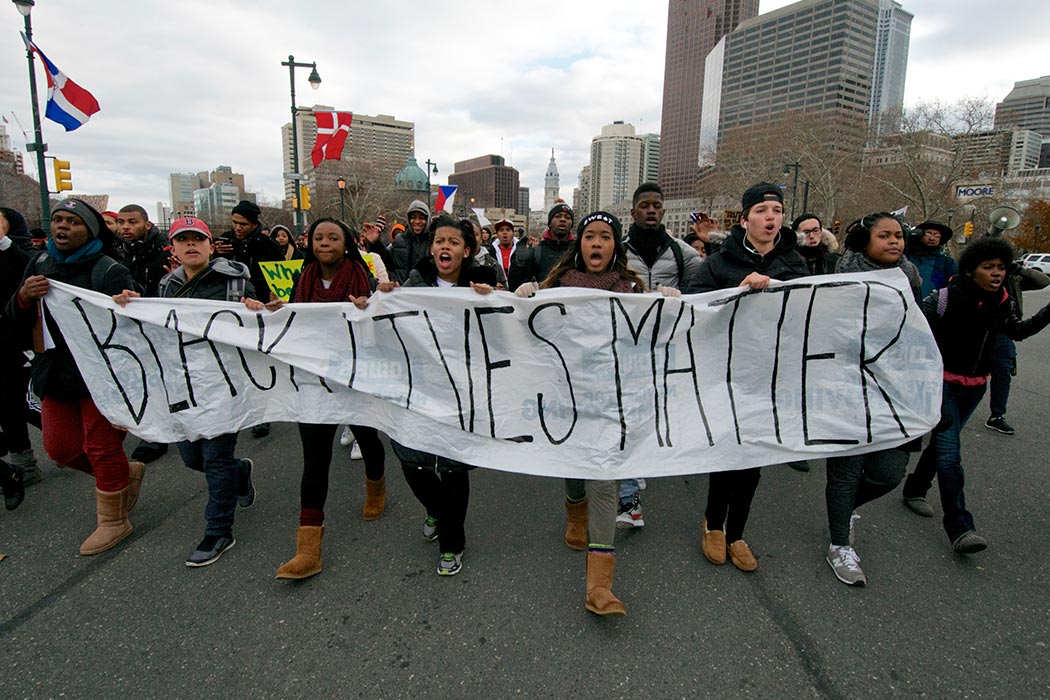A wave of recent news stories and think pieces have raised concerns about free speech on American campuses. They warn that students are too coddled and protected from different points of view, too eager to stifle speech they don’t like.
What’s odd is that many of these stories suggest that this is a new thing, perhaps driven by a uniquely cloistered generation of students. The truth is, battles over which ideas should have a place on campuses have been around for as long as there have been colleges. A 2007 story by Jordan E. Kurland, associate general secretary of the American Association of University Professors (AAUP), offers a brief tour through the last half-century of debates over which speakers should be allowed on campus.
Kurland’s account begins with a list of “radical and/or revolutionary speakers” issued by the notorious House of Representatives Un-American Activities Committee in 1957. Colleges and universities quickly cancelled appearances by speakers on the list, including chemist and peace activist Linus Pauling and pediatrician Benjamin Spock. Six years later, North Carolina actually banned communists—or anyone who took the Fifth in a HUAC hearing—from speaking at state-funded schools. Kurland notes that this move was motivated by state legislators’ anger at civil rights sit-ins, which were closely tied to communism to the right-wing mind.
Another wave of attempted shutdowns of controversial outside speakers began in the 1970s, this time from the political left. Anti-racist activists tried to stop speakers from presenting scientifically questionable research linking intelligence to race. Activists threatened violence, disrupted lectures, and pushed college administrators to cancel invitations.
In the 1980s, Kurland writes, some student and faculty activists used similar tactics against officials connected to the Reagan administration. Jeane Kirkpatrick, the US ambassador to the United Nations, had several campus appearances disrupted. In 1985, protestors at Northwestern University disrupted a presentation by Nicaraguan contra leader Adolfo Calero, throwing a reddish liquid at him and forcing him to leave before he could speak.
Also in the ‘80s, activists of a different stripe convinced several colleges and universities to withdraw invitations to Daniel C. Maguire, a former priest who challenged Catholic teachings on issues such as abortion.
Following the terrorist attacks of September 11, 2001, anti-war speakers were targeted at some colleges. At Rockford College in Illinois, the audience drowned out a commencement speaker by chanting “God Bless America.”
Kurland emphasizes the AAUP’s continual opposition to attacks on free speech throughout the decades he covers. The organization would obviously agree with much of the current round of commentary criticizing campus censors. But it’s also clear that the phenomenon wasn’t invented by millennials.







